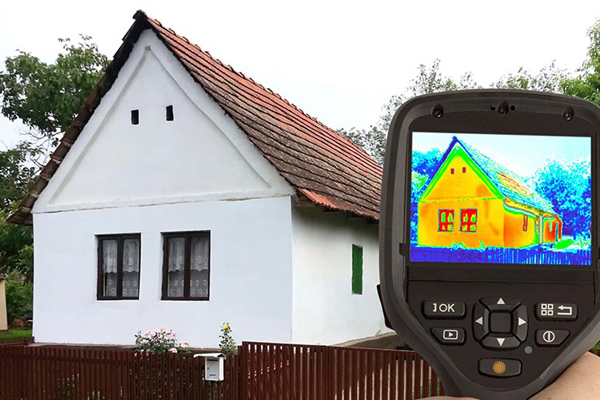Call Us: (252) 338-6090

Call Us: (252) 338-6090


According to the United States Department of Energy, adding winter insulation to an under-insulated older home, or even a new home, can make the house more comfortable and reduce energy bills so dramatically that the insulation pays for itself in a few years. Floors above unheated garages, foundations, ducts and basements are all good candidates for insulation. But in preparing for the winter, attics, cathedral ceilings and exterior walls should take priority.
Attics are the space between your roof and your home, and one of the most common problem areas for inside heat to escape outside. Either loose-fill or batt insulation are the most common types of insulatory material in the attic. Loose fill is often cheaper and more effective, as long as it is installed the right way.Before insulating the attic, it is important to make roof repairs and plug leaks first. Vertical walls in front of attic spaces, called “knee walls,” should be insulated and air sealed, as should the attic access point.
Insulation is the best way to keep cathedral ceilings as close to room temperature as possible, which ensures an even temperature level throughout the home. Foil-faced batt insulation is common in this situation because it is permeable, which is important for homes without attics. Just as with attics, it is crucial to keep cathedral ceilings not just insulated, but properly ventilated as well. Therefore, insulation can not butt up against any vents or other openings designed to allow air to flow from the inside out and vice versa.
For exterior walls, consider using blow-in insulation with the dense-pack technique, which creates a great air seal. If the home is not under renovation and the walls are closed, use injectible spray foam to create minimal disturbance. If the walls will be opened during a remodeling, consider using two-part spray foam or wet spray cellulose insulation. If the home is being built new, built-in structural insulation, such as insulating wall sheathing, may be your best bet.
When winter is on its way, or has already arrived, the single most important step a homeowner can take to increase comfort and reduce energy costs is to make sure the house is adequately insulated with the right materials in the right places. Start with the attic, cathedral ceilings and exterior walls, but don’t neglect any other trouble spots your contractor identifies.
This article and its content are sponsored by Mitsubishi Electric US Inc., Cooling & Heating Division.